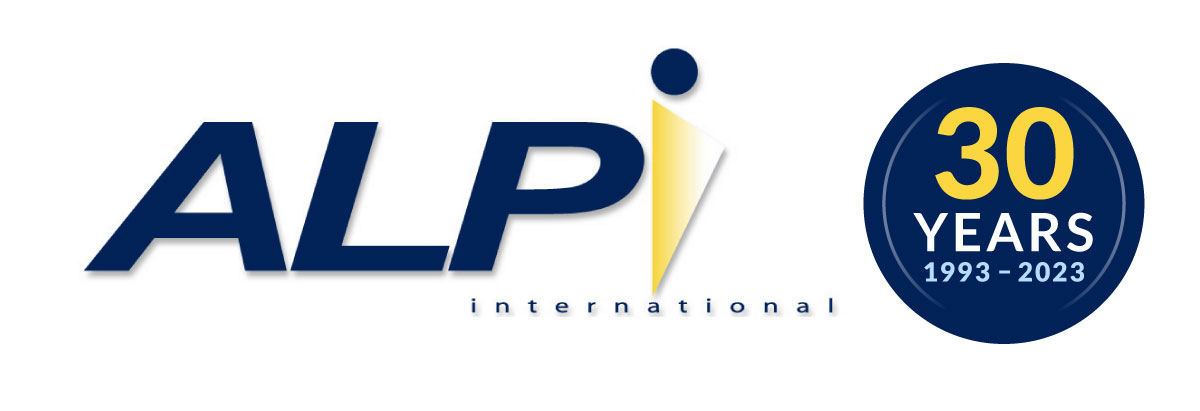UFT Developer Training & Framework Workshop
Course Description
Why choose ALPI for a LeanFT Framework workshop training?- We use certified live instructors in both our in-person and virtual classes so you can ask questions and get answers right away.
- We focus on real-world examples.
- We teach using interactive, hands-on exercises.
- This ALPI course is eligible for a free refresher guarantee so you can re-take the course within 4 months at no additional charge. Contact us for information about this unique benefit that gives you peace of mind.
This course introduces students to Micro Focus LeanFT (Lean Functional Testing), a powerful testing tool that can allow Quality Assurance teams and Developers to develop test cases in a more integrated manner. By developing test cases directly in Visual Studio or Eclipse, applications can be tested despite not being fully developed and/or deployed for general Quality Assurance teams to use. The course then focuses on the development of an automation framework. Overall architecture and components of a framework will be covered so that students can take what they learn in class to build out a test automation framework for a project.
Duration
5 day(s)Time
9 - 5 ETPrice
$3,675Labs
This workshop is offered as a series of hands-on “projects” that require participants to understand, design, and implement components of an automated testing framework. Approximately 70% of the class is devoted to lab exercises.
Intended Audience
The target audience for this course includes:- Agile testers
- Automation testers
- Software Engineers
- Automation Developers
- QA Leads
Prerequisites
A background in programming and/or scripting and 1 year of experience using UFT and VBScript or similar test automation tool.
Outline
COURSE OUTLINE
DAY 1:
Course Overview
- Identify the contents and objectives of the course
- Learn the sample Applications
Introduction to LeanFT
- Build a LeanFT web-based test using Visual C#
- Build a LeanFT Windows-based test using Visual C#
- Run the tests with NUnit
Iterating with LeanFT
- Create iterations for an entire test or just a section of the test
- Set up iterations based on the number of values in the array
LeanFT Checkpoints
- Build checkpoints by inserting assert methods for the framework being used
- Report results to the test results
- Control test pass/fail conditions
- Use the Assert within a try-catch statement.
DAY 2:
Using LeanFT with Eclipse
- Create a LeanFT test using the Junit Framework in Eclipse
- Build a test on a Web application
- Build a test on a Windows application
- Run the test in Eclipse
Enhancing Test Scripts in Eclipse
- Iterate tests through multiple browsers
- Add checkpoints
Creating Application Models
- Describe the theory behind application models
- Create an application model with LeanFT using Visual Studio
LeanFT Summary
- Combine topics and methods from previous labs into a comprehensive test
- Create an NUnit Test project
- Create an application model
- Create a test using an application model
- Add checkpoints to a test
- Run the test against multiple browsers
DAY 3:
Introduction to Automated Frameworks
- Why use them?
- Who needs them?
- Pros & Cons
Framework Structure
- High-level framework structure
- Framework components
Pre-Conditions/State Validation
- Application Run Status
- Authentication
- Custom pre-test navigation/validation
Test Synchronization
- Validation synchronization vs navigation synchronization
- Handling AJAX Calls
- Handling HTML Dialogs
Object Synchronization
- What is synchronization?
- When is synchronization needed?
- What types of synchronization exist?
- Implementing synchronization
DAY 4:
Understanding Objects
- Object types
- Object identification
- Object interaction
- Object virtualization
Object Input/Selection
- Methods for Input/Selection
- Dynamic method selection
- Custom method creation
Object Data/Attribute validation
- Methods for Data/Attribute validation
- Dynamic method selection
- Custom method creation
Navigation
- Getting around an application
- What types of navigation exist?
- Implementing navigation
- Using Classes to pass large sets of data for navigation and validation
- Physical vs Event playback
Data Driving
- Maximizing script reusability
- Control structures
- PreDataDriven Test Design
- Easily transition to fully data driven and back again
- How to create test scripts to for data driving without having a data source.
- Database containers
- Data generators
- Using the Test Context for passing data
Keyword Driven Technique
- How to architect a keyword framework
- Developing a maintainable solution
- Understanding the difference between low-level and business-level keywords
- Involving the rest of the test team in the automated, keyword process
DAY 5:
Function Libraries
- Maximizing reuse
- Extensibility
- Audit & logs
Error Handling
- Playback Errors (Navigation and/or Validation)
- UnExpected dialogs
- HTTP Server Errors
Debugging Tests
Test Results / Data Exporting
- Capture values and display them in the output log
- Identifying execution results
- Analyzing execution data
Framework Summary
- Creating a working framework
- Facilitating maintainability
- Data abstraction
- Function reusability
- Function optimization
- Securing framework code
